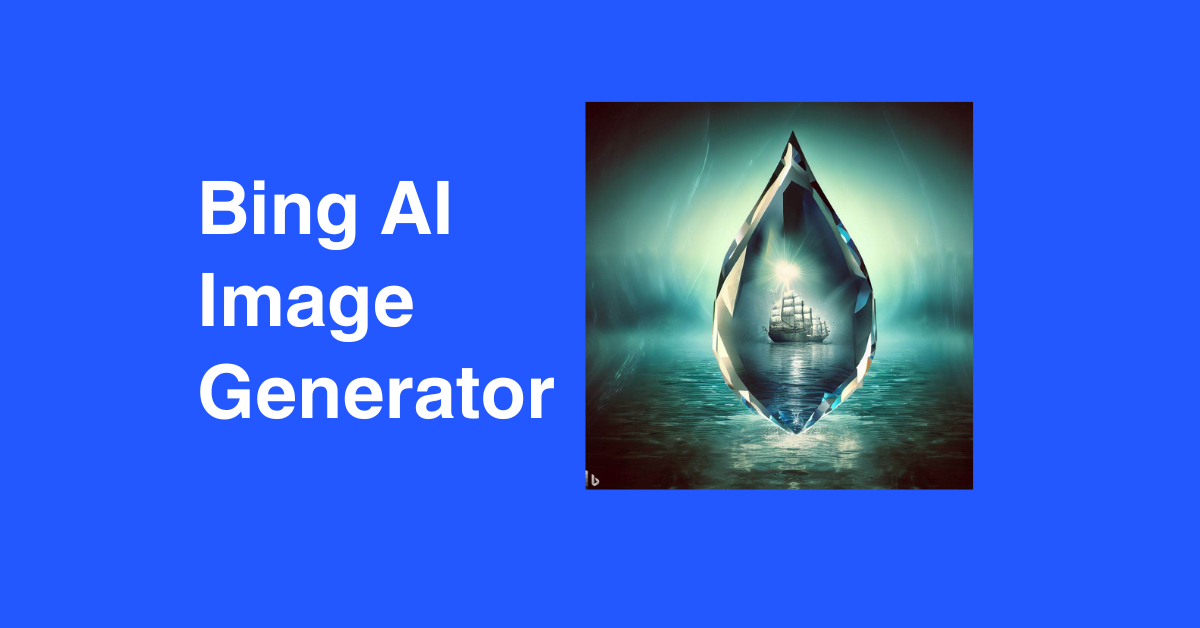
Bing AI Image Generator A New Era of Creativity
- Image Generators
- November 14, 2024
- No Comments
In the rapidly evolving landscape of technology and creativity, artificial intelligence has emerged as a powerful tool that reshapes how we create and perceive art. Among the many advancements in this space, the Bing AI Image Generator stands out for its ability to generate stunning visual content from textual descriptions. This innovative technology not only broadens the horizons of artistic expression but also challenges traditional notions of creativity. In this blog post, we will explore the various dimensions of the Bing AI Image Generator, examining its capabilities, implications for artists and designers, and its potential to transform the visual storytelling landscape.
Unleashing Your Imagination: How Bing AI Generates Images

The advent of the Bing AI Image Generator marks a significant moment in creative technology. By harnessing the power of artificial intelligence, this tool can convert simple text prompts into elaborate images, giving users unprecedented freedom to express their ideas visually.
Understanding Text-to-Image Synthesis
Text-to-image synthesis is at the heart of the Bing AI Image Generator. It involves training AI models to understand natural language inputs and translate them into visual representations. The process generally begins with a large dataset of images paired with descriptive text, which allows the AI to learn the relationships between words and corresponding visual elements.
As users provide specific prompts, the AI analyzes the semantic meaning behind the words. For example, a prompt like “a futuristic city skyline at dusk” evokes a certain aesthetic and color palette. The generator interprets these cues to create an image that aligns with the user’s vision.
The Role of Machine Learning Algorithms
Machine learning algorithms play a crucial role in enhancing the accuracy and quality of generated images. These algorithms continuously learn from user interactions and improve over time. They utilize techniques such as convolutional neural networks (CNNs) and generative adversarial networks (GANs) to produce high-resolution images that are not only visually appealing but also contextually relevant.
As users interact with the Bing AI Image Generator, providing feedback on the generated outputs, the system adapts and fine-tunes itself to better meet user expectations. This dynamic interaction fosters an environment where creativity thrives, allowing individuals to explore new possibilities without limitations.
Bridging the Gap Between Ideas and Visuals
One of the most revolutionary aspects of the Bing AI Image Generator is its ability to bridge the gap between abstract concepts and tangible visuals. It empowers individuals, regardless of their artistic background, to manifest their ideas into reality.
Imagine being able to illustrate a scene from a novel or design a concept for a product simply by typing a few words. This accessibility democratizes creativity, enabling everyone—from seasoned artists to aspiring creators—to engage with visual storytelling in unique ways.
Beyond Text Prompts: Exploring the Creative Potential of Bing AI Image Generator
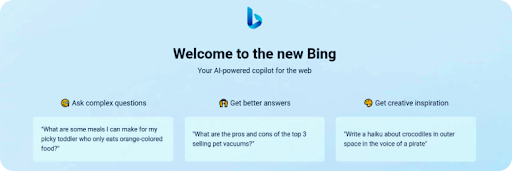
While the primary function of the Bing AI Image Generator is to transform text prompts into images, its potential extends far beyond mere translation of words into visuals. This section delves into the various facets of creativity that the generator unlocks, showcasing its versatility and innovative capabilities.
Collaborative Creativity: AI as a Partner in Art
The notion of collaboration is integral to the creative process, and the Bing AI Image Generator acts as a partner rather than a replacement for human creativity. Artists can leverage the generator to brainstorm ideas, explore alternative concepts, and even refine their work. By presenting the AI with initial sketches or themes, they can receive visual interpretations that inspire new directions in their projects.
This collaborative dynamic opens up a dialogue between technology and artistry. Artists can experiment with styles, colors, and compositions without the constraints of traditional mediums. The result is a fluid exchange of ideas that enriches the creative experience.
Expanding Artistic Boundaries
With the Bing AI Image Generator, artists can push the boundaries of their imagination. It provides a platform for experimentation where conventional methodologies can be challenged and redefined.
For instance, an artist may choose to explore surrealism by combining unexpected elements within their prompts. The generator might produce an image of a floating island inhabited by mythical creatures. This exploration allows artists to venture into realms previously uncharted, igniting inspiration and encouraging innovation.
Cross-Disciplinary Influences
The versatility of the Bing AI Image Generator enables cross-disciplinary influences to intertwine seamlessly. Artists, designers, writers, and marketers can all tap into this technology to enhance their respective fields. Writers can visualize characters and settings for their stories, while marketers can create compelling visuals for campaigns.
This intersection of disciplines fosters a collaborative creative ecosystem where ideas flow freely across different domains. The generator serves as a common ground where diverse perspectives converge, leading to innovative outcomes that transcend traditional artistic boundaries.
A Deep Dive into the Technology: How Bing AI Image Generator Works Under the Hood
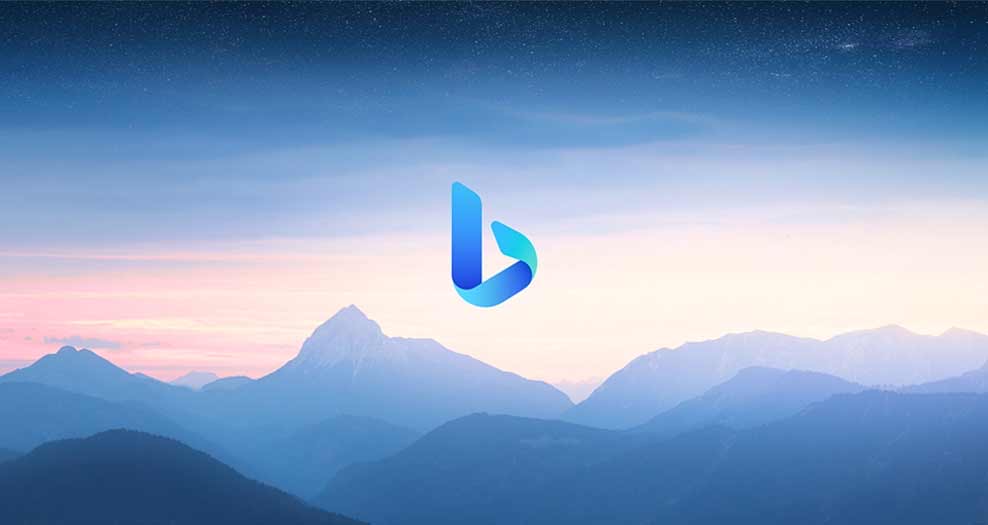
Neural Networks and Image Generation
At the core of the Bing AI Image Generator lies a complex architecture of neural networks. These networks consist of layers of interconnected nodes that process data in a manner akin to the human brain. Each layer extracts features from the input data, progressively refining the output until a coherent image emerges.
Generative adversarial networks (GANs) are particularly noteworthy in this context. Comprising two neural networks—a generator and a discriminator—GANs operate through a competitive process. The generator creates images, while the discriminator evaluates their authenticity against real images. This iterative feedback loop ultimately results in the generation of strikingly realistic visuals.
Training Data and Model Optimization
The effectiveness of the Bing AI Image Generator hinges on the quality and diversity of its training data. The dataset used comprises millions of images along with their associated text descriptions, ensuring that the model comprehends a wide array of visual concepts.
Ongoing model optimization is crucial for improving the generator’s performance. Techniques such as transfer learning allow the model to leverage knowledge acquired from previous tasks to enhance its abilities in new contexts. As the model evolves, it becomes increasingly adept at producing images that align closely with user intentions.
User Interaction and Customization
User interaction is a vital component of the Bing AI Image Generator. The platform encourages users to provide feedback on generated images, facilitating continuous improvement. Through this engagement, users can tailor their experience, influencing the style and tone of generated visuals.
Furthermore, customization options allow users to refine their prompts by incorporating specific keywords, artistic styles, or desired color schemes. This level of personalization enhances the creative process, making the generator more attuned to individual preferences.
Bing AI Image Generator: A Game Changer for Artists and Designers
The introduction of the Bing AI Image Generator represents a paradigm shift for artists and designers, offering novel opportunities for creativity and expression. This section explores its transformative impact on the creative industry.
Empowering Non-Artists
One of the most significant benefits of the Bing AI Image Generator is its ability to empower individuals who may not consider themselves artists. Those lacking formal training can still bring their ideas to life through intuitive text prompts. This democratization of creativity opens doors for fresh voices and perspectives, enriching the artistic landscape.
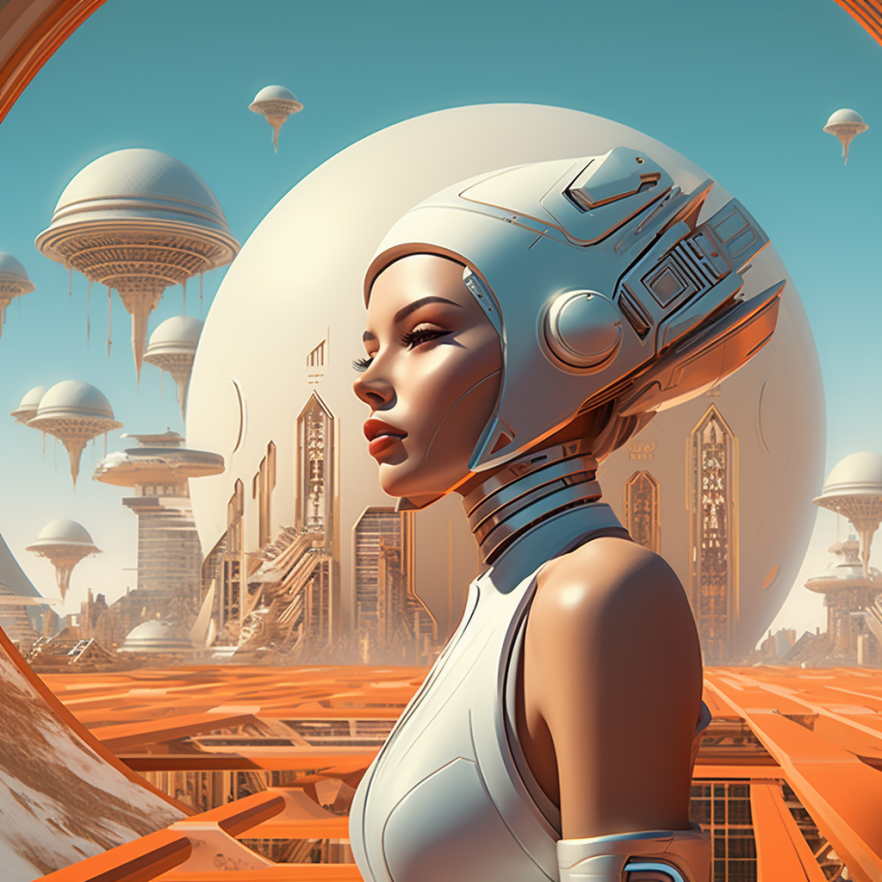
Imagine a small business owner looking to create a logo or marketing materials. With the help of the generator, they can experiment with designs that align with their brand identity without the need for expensive graphic design services. This empowerment fosters innovation and creativity across various sectors.
Redefining the Role of Artists
While some may fear that AI-generated art could replace human artists, the reality is more nuanced. Instead of rendering traditional artistry obsolete, the Bing AI Image Generator redefines the role of artists. Rather than solely acting as creators, artists become curators and facilitators of AI-generated content.
Artists can collaborate with the generator to create hybrid works that blend their unique vision with AI’s computational prowess. This partnership can lead to entirely new genres of art, inviting audiences to engage with the interplay between human creativity and technological advancement.
Enhancing Workflow and Efficiency
In the fast-paced world of design and art, efficiency is paramount. The Bing AI Image Generator streamlines the creative workflow by automating repetitive tasks. Designers can generate multiple iterations of a concept in seconds, allowing them to focus on refining ideas rather than getting bogged down by the initial creation process.
By serving as a catalyst for rapid prototyping, the generator enables designers to present a broader range of concepts to clients, increasing the likelihood of client satisfaction and project success. This newfound efficiency elevates the standard of creative output, fostering a culture of innovation.
The Future of Visual Storytelling: How Bing AI Image Generator is Shaping the Landscape
Visual storytelling has long been a powerful medium for communication, and the Bing AI Image Generator stands poised to reshape this landscape dramatically. Its implications reach far beyond traditional storytelling, introducing new avenues for engagement and connection.
Interactive Narratives
The integration of AI-generated imagery into storytelling opens up possibilities for creating interactive narratives. Imagine a digital storybook where readers can influence the plot by submitting text prompts to the Bing AI Image Generator. Each reader’s choices could shape the visual representation of scenes, personalizing the experience and immersing them in the narrative.
This interactivity blurs the lines between author and audience, fostering a collaborative storytelling environment. Readers become co-creators, shaping the tale as they delve deeper into the world crafted by both AI and human imagination.
Redefining Content Creation in Marketing
The marketing landscape is undergoing a transformation with the rise of the Bing AI Image Generator. Brands can now craft visually captivating advertisements and social media posts rapidly, capitalizing on emerging trends and consumer preferences.
With the generator’s ability to produce tailored visuals based on target demographics, brands can create content that resonates with their audiences on a deeper level. The agility afforded by AI-generated imagery allows marketing teams to respond swiftly to market changes and capitalize on fleeting opportunities.
Enriching Cultural Narratives
The Bing AI Image Generator has the potential to enrich cultural narratives by enabling artists from diverse backgrounds to share their stories visually. By lowering barriers to entry, individuals can express their unique perspectives through art, contributing to a rich tapestry of cultural representation.
This inclusivity fosters empathy and understanding among audiences, bridging gaps between different cultures and experiences. As diverse voices come together through the power of AI, a more vibrant and interconnected global narrative emerges.
From Concept to Canvas: Using Bing AI Image Generator to Bring Your Ideas to Life
The journey from concept to canvas is often fraught with challenges, but the Bing AI Image Generator simplifies this process significantly. This section provides practical insights into how individuals can leverage the generator to manifest their creative visions.
Starting with Clear Intentions
To maximize the potential of the Bing AI Image Generator, it’s crucial to start with clear intentions. Thoughtfully crafting a text prompt that encapsulates the essence of your idea sets the stage for successful image generation. Consider incorporating specific details about mood, style, and composition to guide the AI effectively.

For example, instead of a vague prompt like “a landscape,” try something more descriptive: “a serene mountain lake at sunrise, surrounded by blooming wildflowers.” This added specificity helps the generator create a more accurate reflection of your vision.
Iteration and Refinement
Generating images with the Bing AI Image Generator is an iterative process. Often, the first result may not perfectly match your expectations, and that’s perfectly normal. Embrace the opportunity to refine and iterate upon your prompts based on the generated outputs.
Observe the elements that resonate with you in the generated images and adjust your prompts accordingly. If you admire a particular color palette or visual style, incorporate those aspects into your next submission. This iterative approach allows for gradual refinement, leading to the eventual visualization of your concept.
Exporting and Enhancing Generated Images
Once you’ve obtained a generated image that aligns with your vision, consider exporting it for further enhancement. The Bing AI Image Generator provides high-resolution outputs suitable for various applications, whether for personal projects or professional endeavors.
Using photo editing software, you can make adjustments and enhancements to the generated image. Experiment with filters, overlays, and additional effects to give the final product your unique touch. This combination of AI generation and human enhancement creates a harmonious synergy that reflects both technology and artistry.
Beyond the Basics: Advanced Techniques for Mastering Bing AI Image Generator
As users become more familiar with the Bing AI Image Generator, they may seek advanced techniques to further enhance their creative output. This section delves into strategies that can elevate the use of the generator.
Combining Multiple Prompts
One effective technique is to combine multiple prompts to create layered images that convey complex ideas. Instead of relying on a single description, users can experiment with concatenating several prompts to evoke a more intricate visual narrative.
For instance, if you wish to depict a bustling market scene, you might combine prompts such as “a colorful street filled with vendors” and “a lively crowd enjoying local cuisine.” This layering of prompts enriches the resulting image, providing depth and a sense of dynamism.

Leveraging Style Transfers
The Bing AI Image Generator may also include options for style transfers, allowing users to apply specific artistic styles to their generated images. By selecting a particular art movement or technique, users can infuse their visuals with the aesthetics of renowned artists or genres.
For example, if you’re inspired by impressionist art, you can prompt the generator to mimic brush strokes and color palettes reminiscent of Monet or Renoir. This blending of styles creates a unique fusion that showcases both AI ingenuity and artistic heritage.
Collaborating with Other Tools
For those seeking to expand their creative toolkit, consider collaborating the Bing AI Image Generator with other digital tools. Combine it with 3D modeling software or animation platforms to create immersive experiences.
By integrating AI-generated imagery into multimedia projects, such as short films or interactive installations, users can breathe life into their concepts, engaging audiences on multiple sensory levels. This cross-pollination of technologies fosters a holistic approach to creativity.
Ethics and Innovation: The Impact of Bing AI Image Generator on the Creative Industry
As with any technological advancement, the rise of the Bing AI Image Generator raises ethical questions and considerations. This section addresses the implications of AI-generated art within the creative industry.
The Authenticity Debate
One of the most pressing concerns surrounding AI-generated art is the question of authenticity. Traditional definitions of artistry often hinge on the human touch—the emotional connection between the artist and their work. As AI generates images based on algorithms, discussions arise regarding the intrinsic value of such creations.
While AI may lack human emotions and experiences, it serves as a tool for artists to express their visions. Rather than viewing AI-generated art as a threat, it should be seen as an extension of human creativity. The conversation surrounding authenticity must evolve to encompass the collaborative nature of technology and artistry.
Intellectual Property and Copyright Issues
The emergence of AI-generated art prompts critical conversations around intellectual property and copyright. Who holds the rights to an image generated by AI? Is it the user who provided the prompt, the developers of the AI, or the AI itself?
Legal frameworks struggle to keep pace with rapidly advancing technology, leaving artists and creators navigating uncharted waters. Establishing clear guidelines and policies regarding ownership and attribution will be essential to ensure that the creative community can thrive in an era defined by AI.
Fostering Responsible Innovation
As the Bing AI Image Generator continues to evolve, fostering responsible innovation is paramount. Developers and researchers must prioritize ethical considerations when designing AI systems, emphasizing transparency and accountability.
Engaging diverse stakeholders—including artists, ethicists, and technologists—in discussions around AI and creativity can lead to more equitable practices. By establishing a framework that values human input while leveraging AI’s capabilities, the creative industry can harness the best of both worlds.
Bing AI Image Generator: A Practical Guide for Beginners
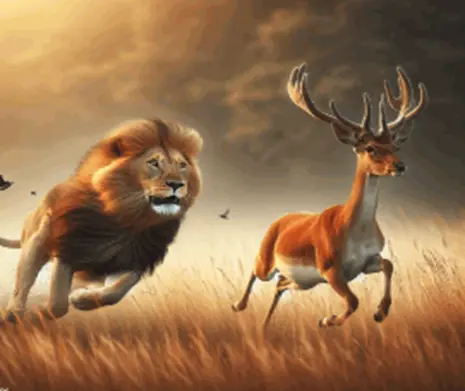
Setting Up Your Account
Before diving into the Bing AI Image Generator, you’ll need to set up an account. Visit the official website and follow the registration process, which typically includes providing basic information and agreeing to terms of service.
Once your account is established, familiarize yourself with the platform’s interface. Explore available features, including text prompt inputs, customization options, and gallery displays showcasing popular generated images.
Crafting Engaging Prompts
The key to unlocking the full potential of the Bing AI Image Generator lies in crafting engaging prompts. Take time to brainstorm ideas and experiment with different phrasing. Use descriptive language and be as specific as possible to guide the AI effectively.
Consider starting with simpler ideas before progressing to more complex requests. As you gain confidence, you can explore multifaceted concepts that challenge the generator’s capabilities.
Exploring Generated Outputs
Once you’ve submitted your prompt, take a moment to explore the generated outputs. Analyze the visuals produced by the AI—what elements stand out? What aspects align with your original vision, and what diverges?
Use this feedback to refine future prompts. Remember that the creative journey is iterative, and each generated image presents an opportunity for growth and exploration.
Sharing Your Creations
After generating and refining your images, consider sharing your creations with others. Leverage social media platforms or online communities dedicated to art and creativity to showcase your work. Engaging with fellow creators can lead to valuable feedback and connections.
Additionally, consider participating in challenges or collaborations within these communities. Such interactions foster camaraderie and inspire new ideas that can further enhance your artistic journey.

Conclusion
The Bing AI Image Generator represents a remarkable convergence of technology and creativity, transcending traditional artistic boundaries and empowering individuals to visualize their ideas. As this innovative tool continues to evolve, its implications for artists, designers, and storytellers are profound—from enhancing collaboration to redefining the very essence of creativity.
By embracing the potential of the Bing AI Image Generator, we step into a realm where imagination knows no limits. As we navigate this new era of creativity, it is incumbent upon us to foster responsible innovation, address ethical considerations, and celebrate the boundless possibilities that lie ahead. The integration of AI in the creative process invites us all to explore, experiment, and redefine what it means to be an artist in today’s dynamic world.
Looking to learn more? Dive into our related article for in-depth insights into the Best Tools For Image Generation. Plus, discover more in our latest blog post on ai image generator. Keep exploring with us!
Related Tools:
Image Generation Tools
Video Generators
Productivity Tools
Design Generation Tools
Music Generation Tools
